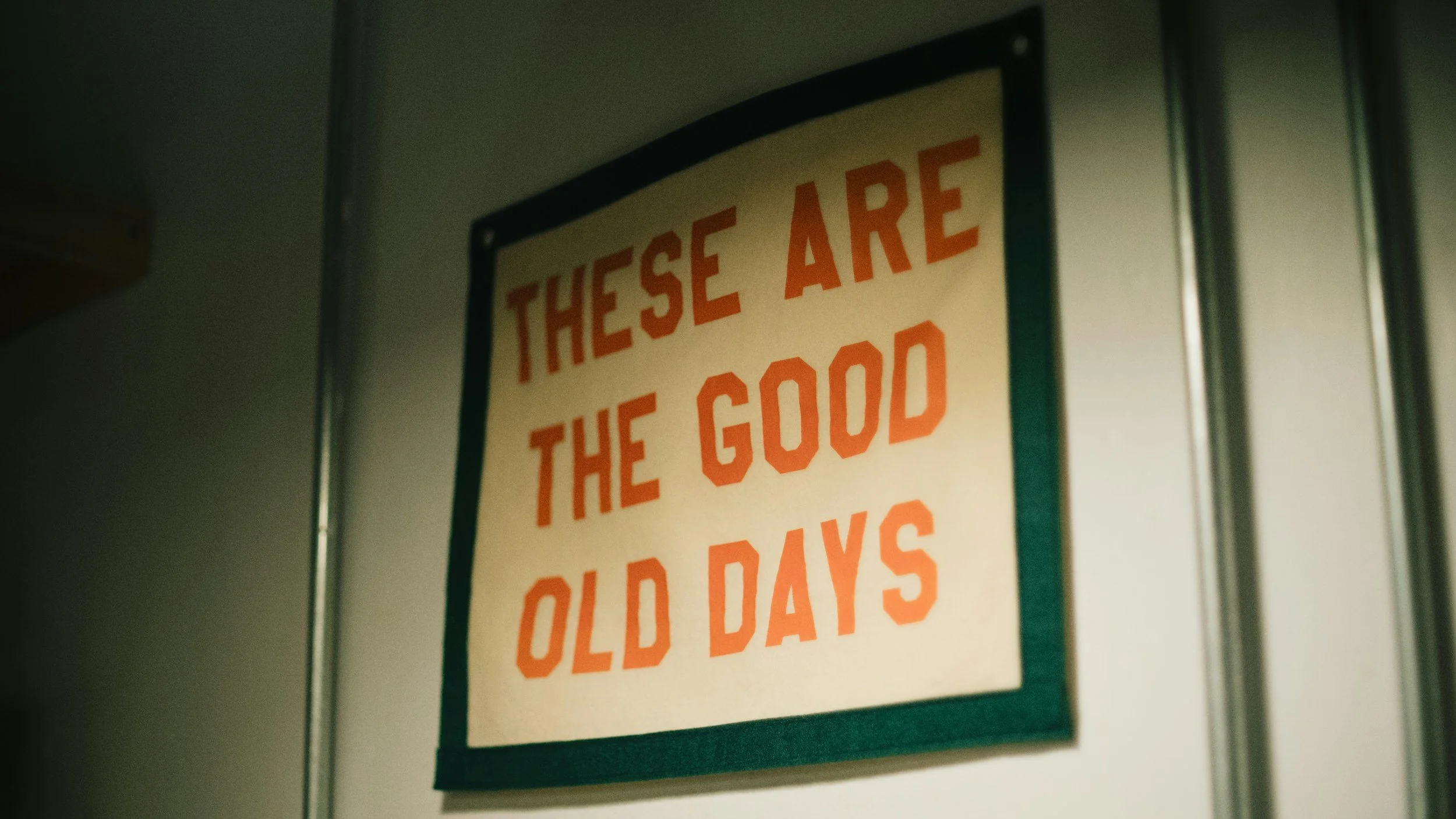Busting the clichés of ageing: how strength training keeps you moving through the decades
We’ve all heard them. The clichés of ageing.
“Wait until you hit your 40s, your back will never be the same.”
“By your 50s, the knees go.”
“In your 60s, it’s all downhill.”
“The 70s? Say hello to the hip replacement.”
By your 80s, you’ll be too frail to do much at all.”
They’re said with a wink, but they land with a sting. Because as much as they sound like jokes, many of these clichés are grounded in real changes that happen in the body as we age.
The truth? These transitions are common, but they’re not inevitable. Decay is not destiny. With the right training, you can protect, reset, and even reverse some of these so-called clichés. And strength training is one of the most powerful tools we have.
Let’s take a decade-by-decade look at the clichés of ageing, what’s really going on beneath the surface, and how building strength keeps you ahead of the curve.
Your 40s: “The back pain decade”
The cliché: This is the decade when bad backs become a running joke. Hours at desks, years of sitting, and the start of age-related changes can make stiffness, aches, and niggles feel ‘normal’.
The reality: From our mid-30s onwards, we start losing muscle mass and bone density if we’re not actively maintaining them, around 3-5% per decade, with sarcopenia accelerating after 40.
Combined with sedentary habits, this puts pressure on the spine and joints.
The solution: Strength training builds stronger muscles to stabilise the spine and improve posture. Movements like hinges (deadlift patterns) and pulls (rows, band work) protect the back and reduce pain. Research shows that resistance training improves low back function and reduces chronic pain.
Your 50s: “The achy knees and creaky joints decade”
The cliché: By the 50s, it’s the knees that get all the complaints. Whether it’s stairs, gardening, or running, joint pain often becomes the barrier people blame for slowing down.
The reality: Osteoarthritis, the most common form of arthritis, often emerges in this decade. Combined with natural muscle loss, less support around the knees, hips, and ankles makes joints feel more vulnerable.
The solution: Building muscle acts like shock absorbers around the joints. Squats and lunges (done progressively and safely) increase strength in the muscles that support the knees and hips. Research shows that strength training reduces pain and improves function in people with osteoarthritis.
Your 60s: “The slippery slope decade”
The cliché: In your 60s, people start making jokes, or warnings, about fragility. Slips, trips, and “be careful” become common refrains, often tied to worries about brittle bones or losing balance.
The reality: Balance declines, bone density drops, and sarcopenia accelerates. Falls are the leading cause of injury in older adults, often leading to hospitalisation and loss of independence.
The solution: Strength training directly improves balance and reduces fall risk. Stronger leg and core muscles improve stability, while resistance training stimulates bone density, reducing fracture risk.
Your 70s: “The slowing down decade”
The cliché: By now, the jokes are about hip replacements, walking sticks, and “slowing down.” The image is one of decline, limitation, and less freedom.
The reality: Yes, muscle and bone loss continue, and recovery slows. But ageing doesn’t mean helplessness. Research shows that even people in their 70s and 80s can build new muscle and strength through regular resistance training.
The solution: Continuing (or starting!) strength training in your 70s preserves independence, protects against falls, and maintains quality of life. Think of it less as ‘slowing down’ and more as ‘future-proofing’. Every session is an investment in being able to get up, go out, and enjoy the life you want.
Your 80s: “The fragile decade”
The cliché: By this stage, the stereotypes get harsh - frailty, dependence, wheelchairs, nursing homes. The image is one of fragility and giving up.
The reality: It’s true that age-related decline accelerates, and many people in their 80s face reduced mobility, balance issues, or chronic conditions. But frailty doesn’t have to be inevitable. Research shows that older adults in their 80s and beyond can still gain muscle mass, improve strength, and enhance quality of life through resistance training.
Even small improvements make a huge difference - being able to get out of a chair independently, climb a few stairs, or walk with confidence.
The solution: Strength training in your 80s doesn’t necessarily mean barbells and heavy weights. It’s about safe, progressive resistance - bodyweight, bands, light weights - and focusing on functional movements like sit-to-stand, step-ups, and supported balance work. These small, consistent efforts maintain dignity, independence, and vitality. As the World Health Organisation notes, “it’s never too late to reap the benefits of physical activity”.
Busting the cliché: strength as your secret weapon
So yes, clichés of ageing exist for a reason. Bad backs, creaky knees, fragile bones, slower recovery. But they’re not a sentence you have to serve. They’re simply what happens when we stop moving, stop loading, and stop building strength.
Strength training is the great cliché-buster that:
Keeps your back supported and resilient in your 40s
Protects your joints in your 50s
Improves balance and bone density in your 60s
Preserves independence in your 70s
Maintains vitality and confidence well into your 80s
And perhaps most importantly: it gives you confidence that you’re not destined for decline, and that ageing can mean strength, freedom, and vitality.
Ready to defy the clichés?
If you’re ready to push back against the stereotypes of ageing, my Strength Training Programme is designed to support you every step of the way.
Level 3: Advance your strength, technique, and resilience into later decades.
No matter what decade you’re in, it’s never too late, and never too early, to invest in the strength that will carry you forward.
Ageing may have its clichés. But with strength on your side, they don’t have to be your reality.

